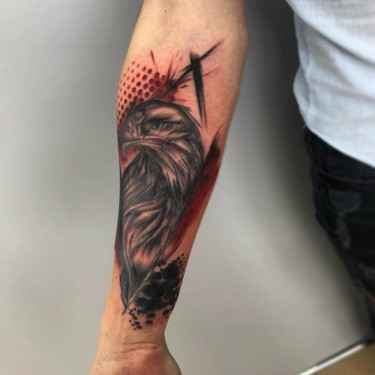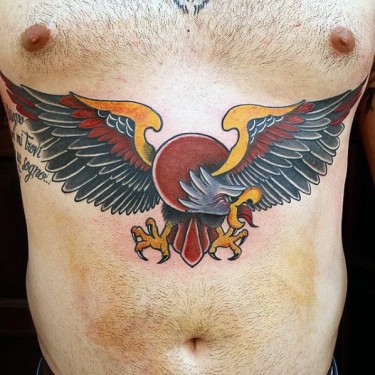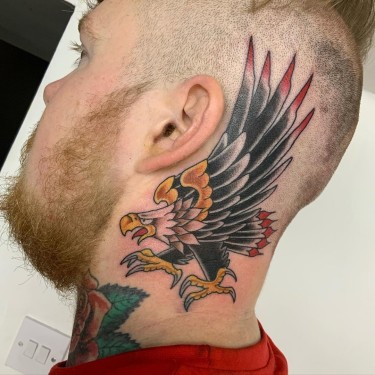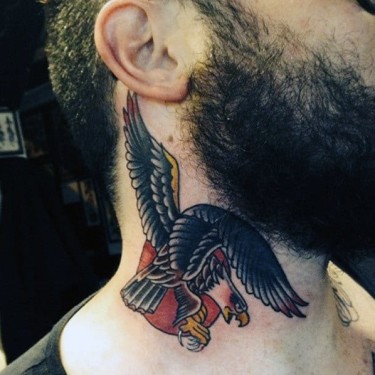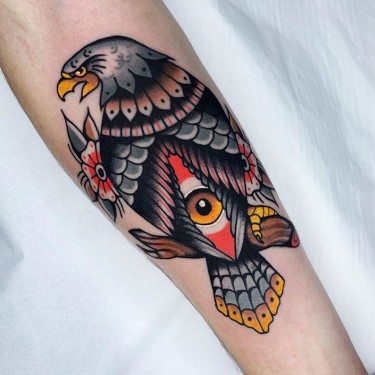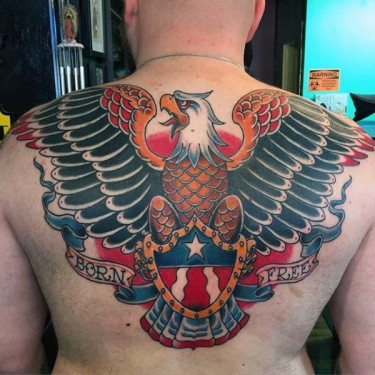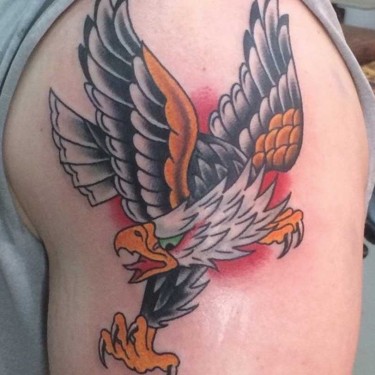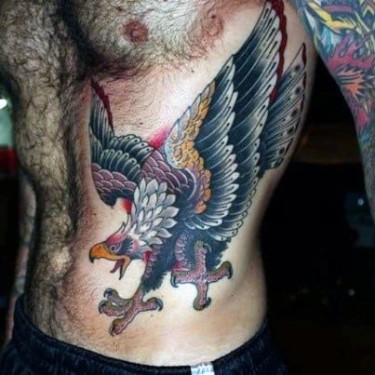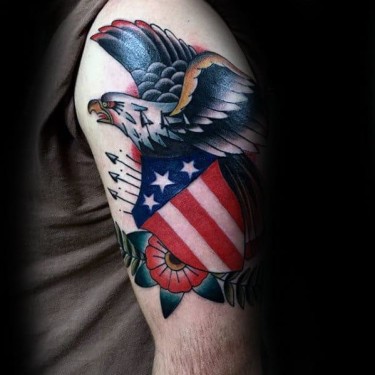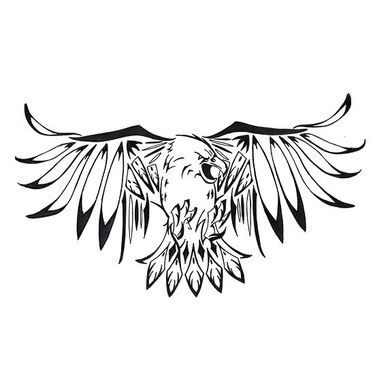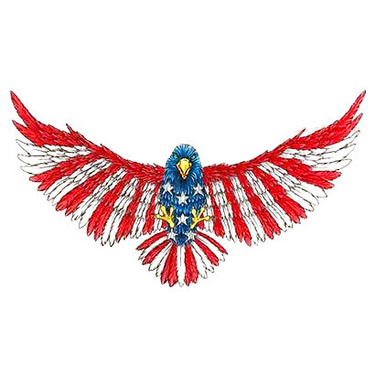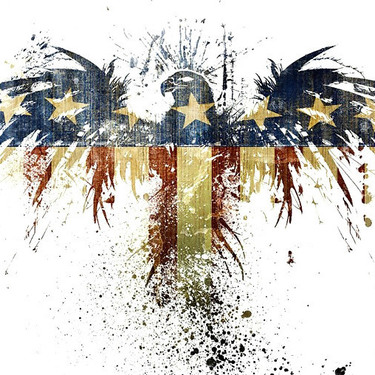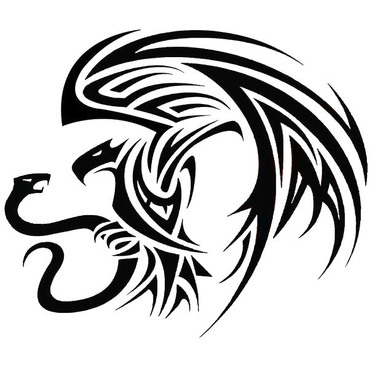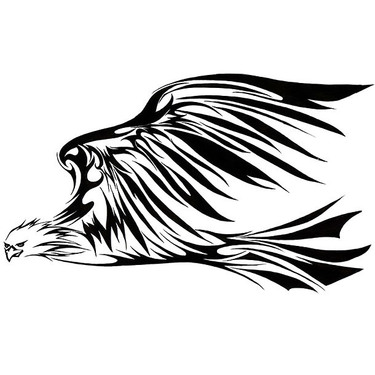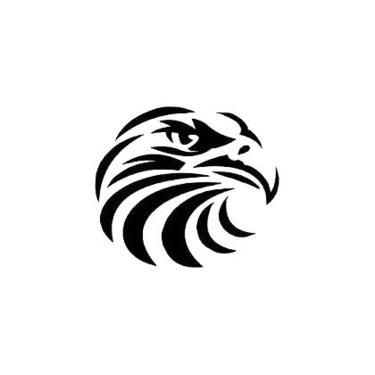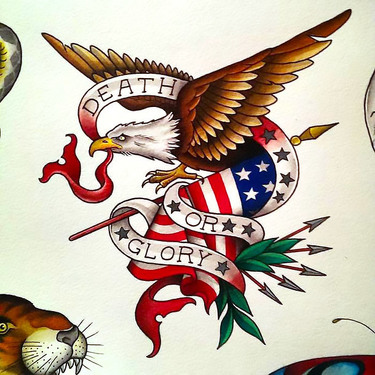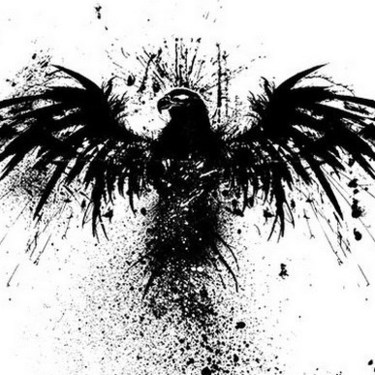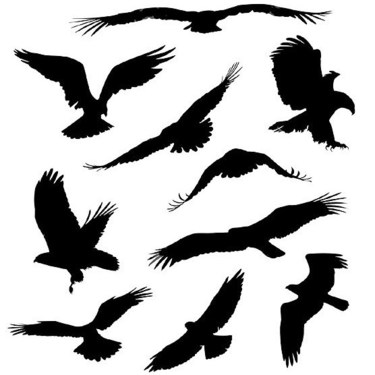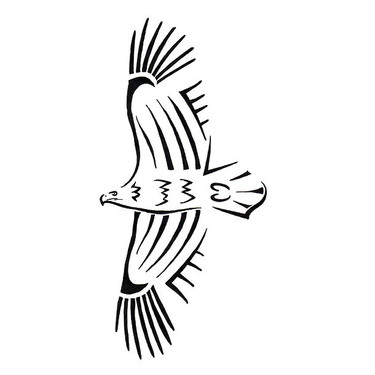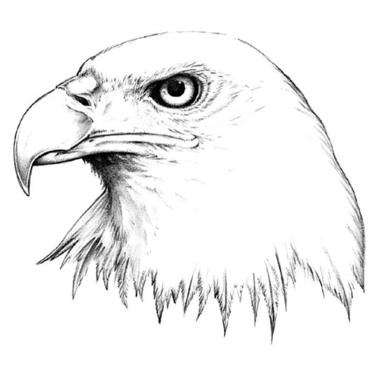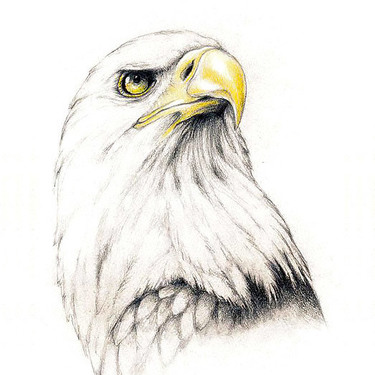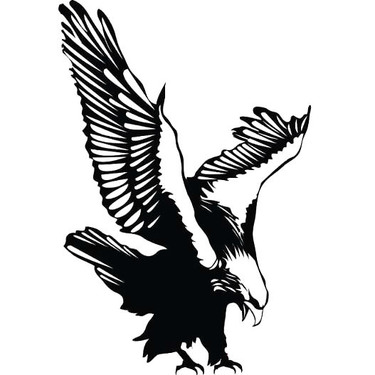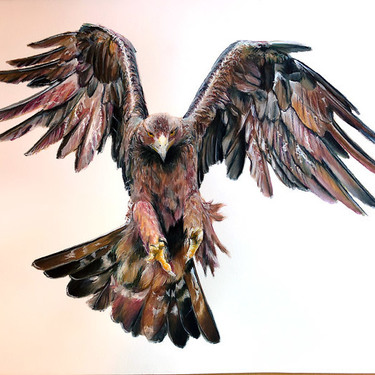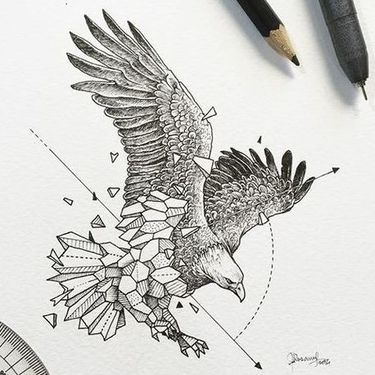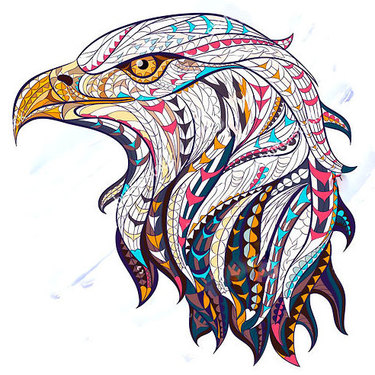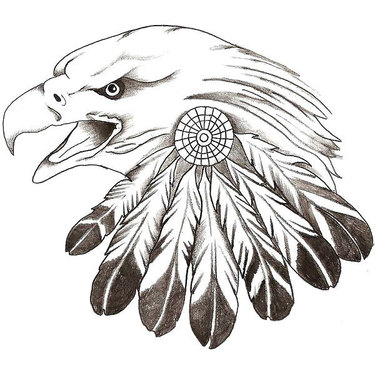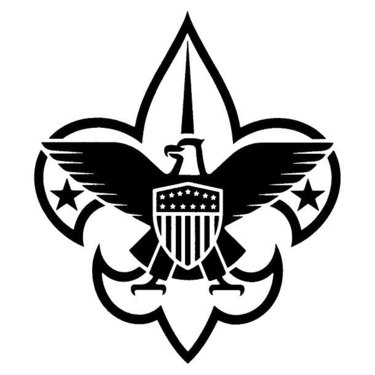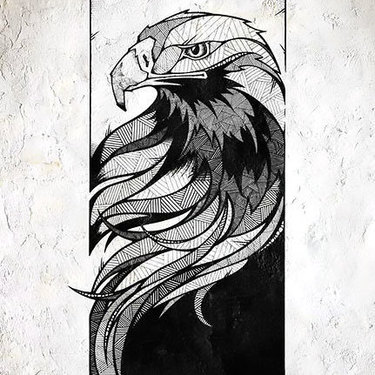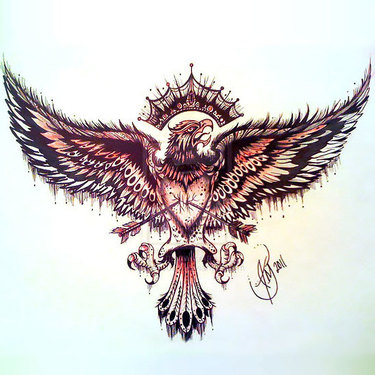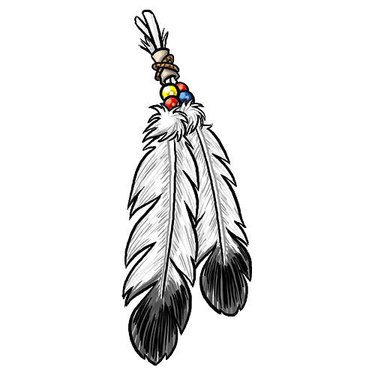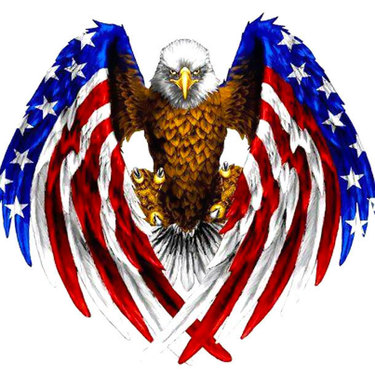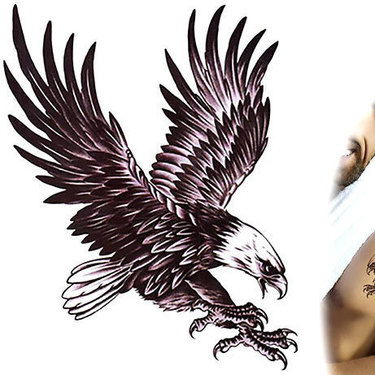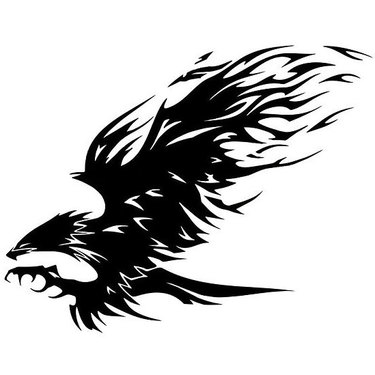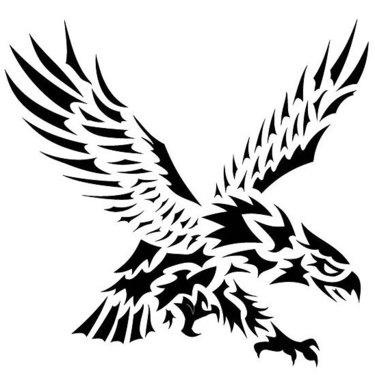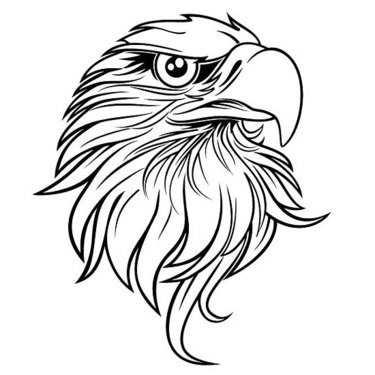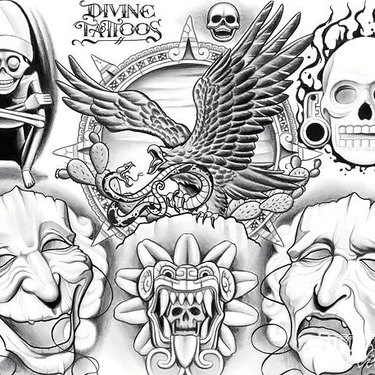Eagle Tattoo Meaning
- Possibilities and opportunities
- Supremacy and Strength
- Spirituality, connection to the gods
- Wisdom and Strategy
- Masculinity and Virility
- Clarity and Focus
- Independence and Liberty
Eagles among birds are similar to lions in the animal world – independent kings of the sky. The most typical treatments of the eagles that come to mind are power, clarity, beauty and independence. For Native Americans, eagles are considered to be Thunderbirds – messengers of the heavens and gods. Flying high, they deliver important messages from the natural spirits to the mankind.
In the wild nature, eagles are genuine masters of the air – perfect hunters with an excellent vision. Thus, if you want the tattoo to symbolize the clear focus, the spiritual purity and the ability to see the further – eagle tattoo is a perfect choice. Of course, eagle tattoo meanings are countless and every design is deeply individual. Though, there are some typical eagle tattoo designs with their special meanings – described in this article.
Tribal Eagle tattoos deeply connected to the Native American culture. They are symbols of meaningful spiritual ties with the Nature and gods. The Meanings of the tribal eagle tattoos differ slightly depending on the tribe, but in general the design represents Power, Freedom and Strength. For example, Haida Eagle tattoo design that comes from the oldest Native American tribe represents spirituality, wisdom and is a representation of the Great Spirit. This design is typically red or black.
The other special type of the tribal tattoo is connected to the Aztec culture. Aztec eagle tattoo meaning is connected to the natural traits of the bird – perfect hunting abilities, physical strength and spiritual independence. The Aztec eagle tattoo typically represents the bird with its head pointing towards the west, its beak open and several feathers sticking out from the top of its head.
And of course, here we should describe the meaning of eagle feather tattoo design. In Native American culture, eagle feather is a symbol of medicine and healing and is used in numerous rituals. Eagle feather tattoo design is associated with the Nature, Native American heritage and spirituality.
Double-headed eagle design comes from Sumeria (modern day Iraq), but later it became the symbol of the Orthodox Church. As many European countries were strongly connected to the Church, double-headed eagle was incorporated into the flags and seals. Nowadays, the double-headed tattoo is a symbol of power, strength, dominance, and honor.
The other meaningful idea is the eagle claw tattoo design. Talons are eagle’s weapons, so it’s not surprising that in tattoo art this pattern protects wearer from the evil, enemies and destruction. This design is also frequently incorporates snake: eagle is holding a snake with its talons. Here, snake is a symbol of desire and temptation, and the eagle represents nobility and morality. Together they represent the duality of human nature, everlasting battle between the Good and the Evil.
No doubt that one of the most known eagle tattoos is the eagle, globe and anchor tattoo image. All the three elements of this tattoo have their special meanings. The Globe symbolizes the US Navy's willingness to be of service to the world, the Eagle represents the United States, and the Anchor pays homage to the country's rich naval history. Eagle, globe and anchor tattoo design is especially popular among the marines.
How are eagles, soaring high in the sky, able to single out a prey on the ground? They’ve got an excellent sight. So no surprise that eagle eye tattoo is associated with clarity, bravery, vision, and focus. Moreover, the eagle eye tattoo is a symbol of cast-iron will, endurance, immovability and resilient spirit in the face of extreme adversity and obstacles.
Eagle is a great symbol of freedom itself, but its wings represent much more. They don't only represent liberty, but also protection and a need to be free and unrestrained. And of course, eagle wings tattoo have a spiritual element: a soaring eagle is considered as a representation of the Ascension of Christ after his crucifixion.

